Amazon spent $21.7 billion on shipping in 2017.
Research and publish the best content.
Get Started for FREE
Sign up with Facebook Sign up with X
I don't have a Facebook or a X account
Already have an account: Login
Get weekly or monthly digest of all posts in your inbox: https://fmcs.digital/wim-subscribe
Curated by
Farid Mheir
 Your new post is loading... Your new post is loading...
FlashWebsiteHeader's curator insight,
February 28, 2018 4:28 AM
Lay out the substance. The key is to keep your Custom brochure design company basic and successful. An excess of data may make the pamphlet seem jumbled. Therefore, your message will be lost. Farthest point the quantity of hues used to in the vicinity of two and four and utilize each shading reliably. For instance, utilize one shading for the headings and subheadings, and another for general content.
Graphics Design's curator insight,
February 15, 2018 6:25 AM
Budget hearing center provides Hearing Aids MN to those people which are disabled by ear voice. |

Curated by Farid Mheir
Get every post weekly in your inbox by registering here: http://fmcs.digital/newsletter-signup/
|




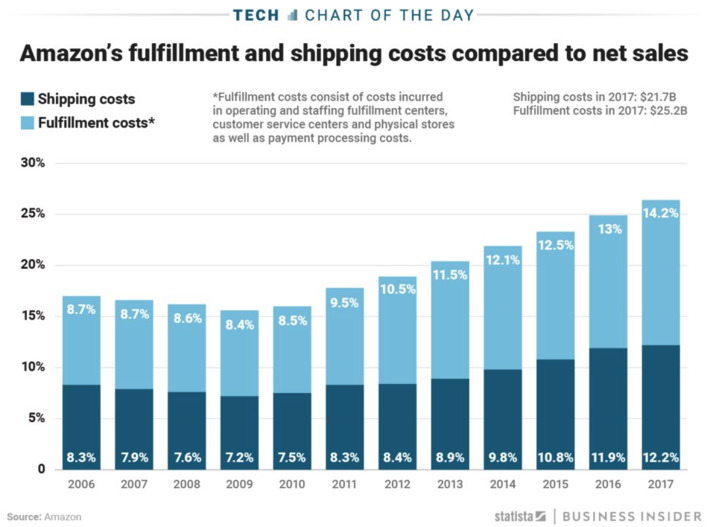


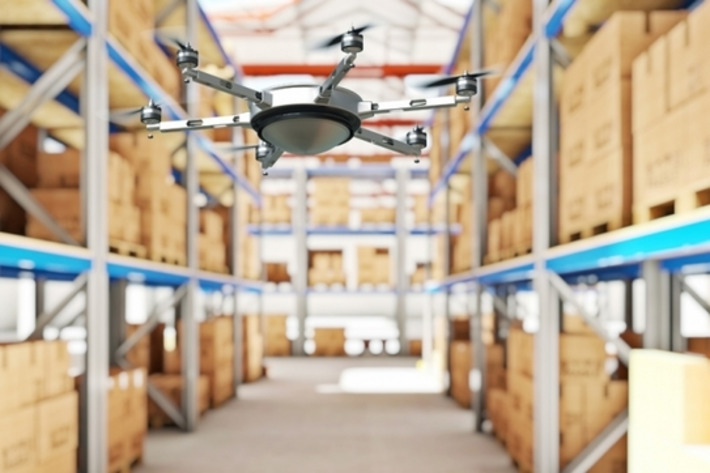

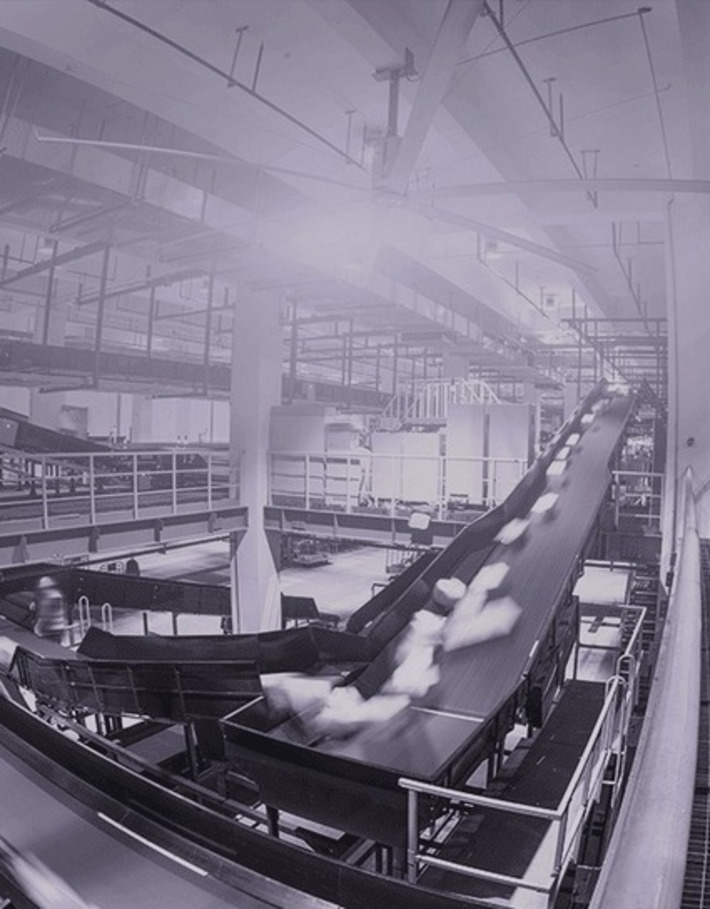

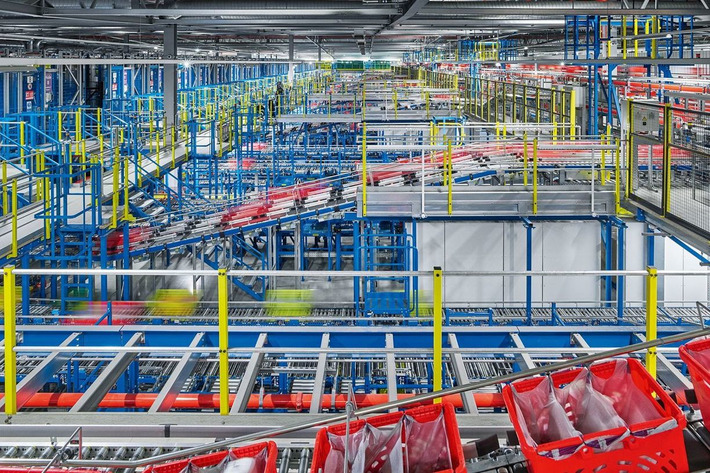
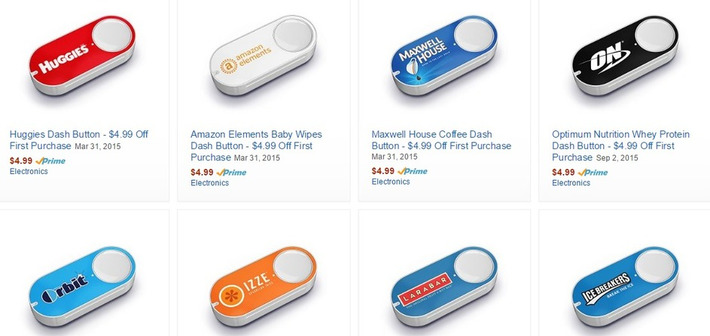
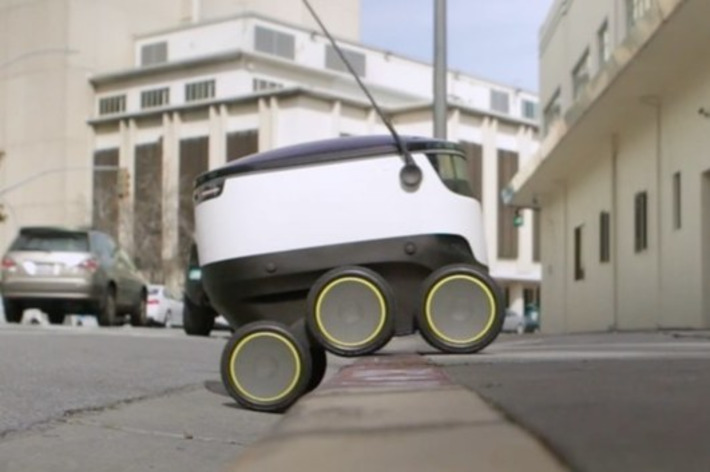
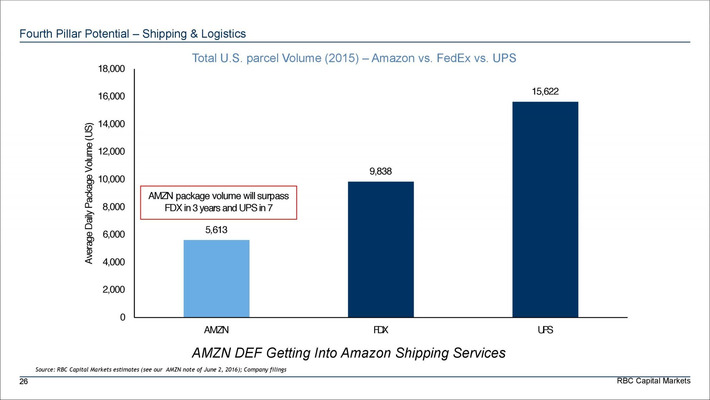

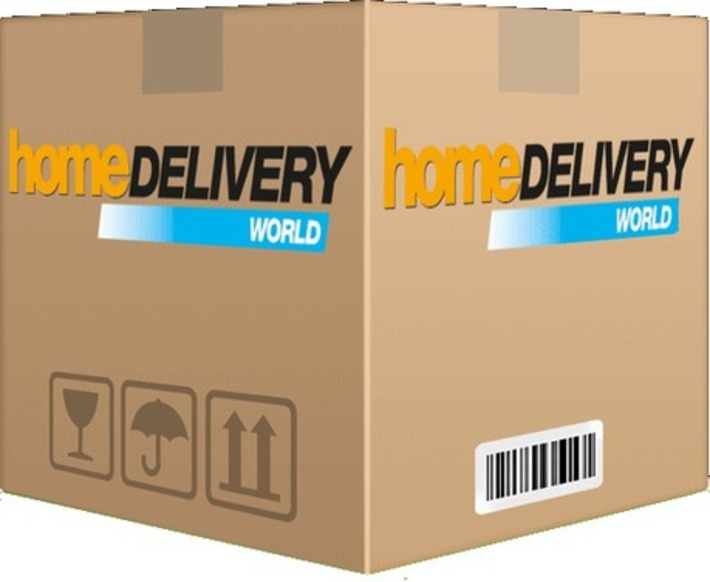

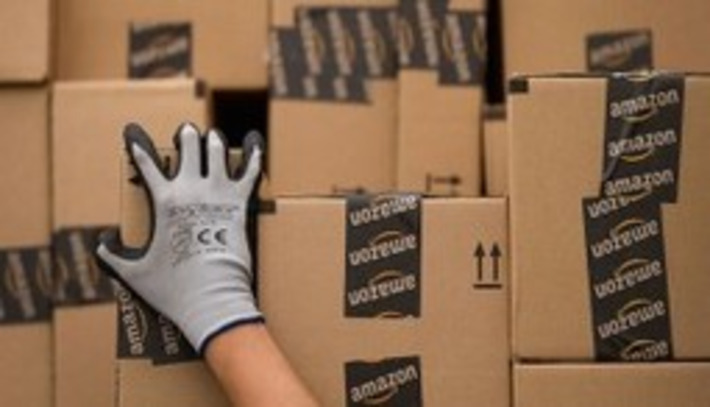
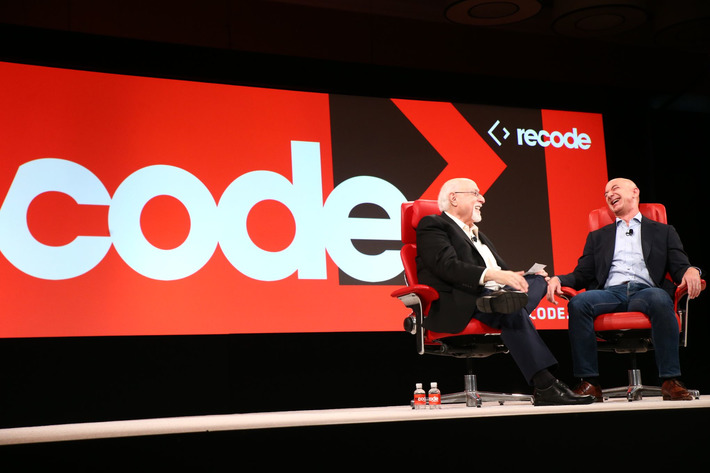









WHY IT MATTERS: Amazon spends 14.2% of its net sales to fulfill orders and 12.2% to deliver them to consumers. Thus a quarter of the costs of products sold is allocated to logistical costs and this is the biggest hurdle to eCommerce wide adoption. Amazon and other pure plays have a number of key advantages over established brick-n-mortar retailers (no retail store costs, no store employees, etc.) but they have to battle with order preparation and delivery which traditional retailers delegate to their customers as they push their carts in the store aisle. In that context, recent announcement of Sobeys to leverage Ocado's automated warehouse technology or recent Amazon announcement to create a parcel delivery solution that competes with FedEx and UPS makes sense. Any retailer thinking of scaling its eCommerce operation should thus make sure that its business model is viable regarding fulfillment and shipping - all other elements of eCommerce are not an issue.
- Amazon SWA service: http://fmcs.digital/blog/amazon-package-delivery-service-to-compete-with-fedex-and-ups-swa-ecommerce-disruption-retailapocalypse/
- Sobeys Ocado partnership: http://fmcs.digital/blog/u-k-s-ocado-taps-into-canadas-online-grocery-market-with-sobeys-tie-up-is-canada-mature-enough-to-have-automated-grocery-fulfillment-centers-ecommerce-robots/
- Ocado's technology: http://fmcs.digital/blog/video-shows-ocado-warehouse-technology-that-sobeys-has-acquired-to-prepare-grocery-orders-is-based-on-an-army-of-small-robots-working-on-3d-hive/